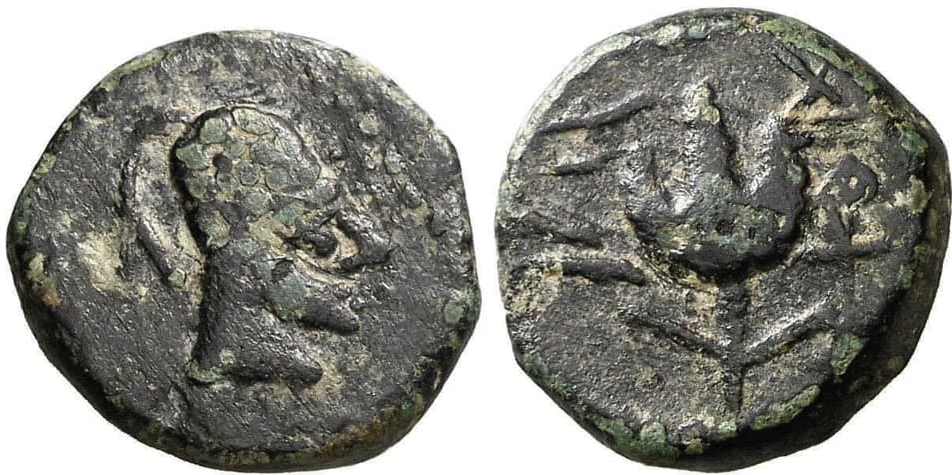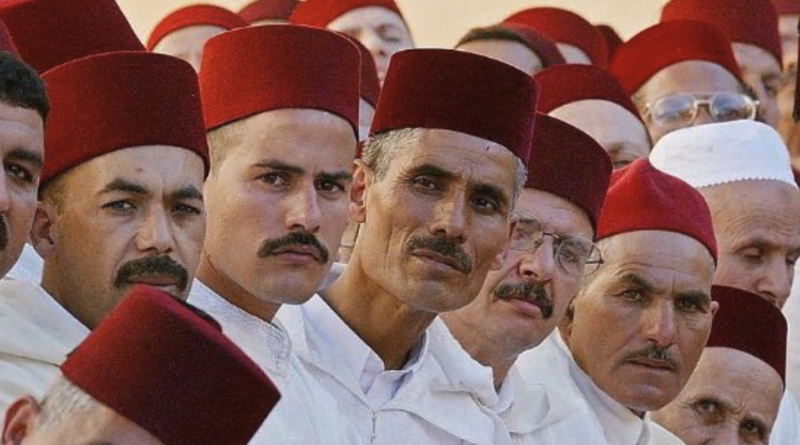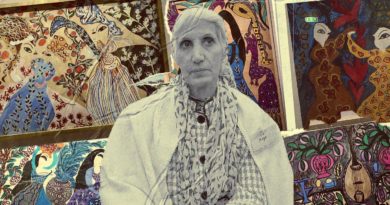The disputed origin of the Fez
The fez hat, also known as the tarboosh, is a traditional headgear with a rich history and cultural significance, worn in many parts of the world, particularly in the Maghreb particularly Morocco and Tunisia, and the Middle East.
It has a distinct circular shape and is commonly associated with the color red, derived from a dye extracted from crimson berries. While its form today is well established, its origin remains disputed.
Modern origins
The modern origins of the fez hat can be traced back to the early 19th century when it was first worn by the Ottoman Empire’s elite troops. Initially known as the “Shashia,” the hat was made of red felt with a tassel on top and was primarily worn by the Ottoman military to distinguish their troops from others in battle.
The fez hat gained popularity outside of the military during the 19th century when it became the national hat of the Ottoman Empire. It was adopted as a symbol of modernity and progress by the empire’s rulers, who saw it as a way to distance themselves from their traditional past.
The fez was also worn by Turkish men as a sign of their loyalty to the Ottoman Empire.

Older roots
While popularized in Europe by Turkey, the fez hat is named after the Moroccan city of Fez. In Turkish, Morocco is known as “Fas,” a name derived from the ancient capital of Morocco, Fes.
However, many believe that the Ottoman simply adopted the fez from its origin in the Maghreb, where it was worn by the Amazigh people. In many places across the Maghreb, the fez hat is referred to as the Shashiya, which is derived from the Amazigh word “Tchachit” meaning a hat or the top of a hill/mountain.
The use of the fez hat is ancient, as evidenced by a coin found at the Lexus site in Morocco dating back to between 1 and 50 BC, depicting a man wearing a fez hat.
Today’s use
The fez is an integral part of the culture of the Maghreb, and many wear it to symbolize status or power. It is used by royalty and head of states as well as common men in the region.
It is also featured in local folk culture, and a proverb in Tunisia uses a fez to express delay and procrastination: “Astana ya rasi hata tjik shashiya minn al Qairaouan” (you, my head, can wait until the fez arrives from Al Qairaouan).



